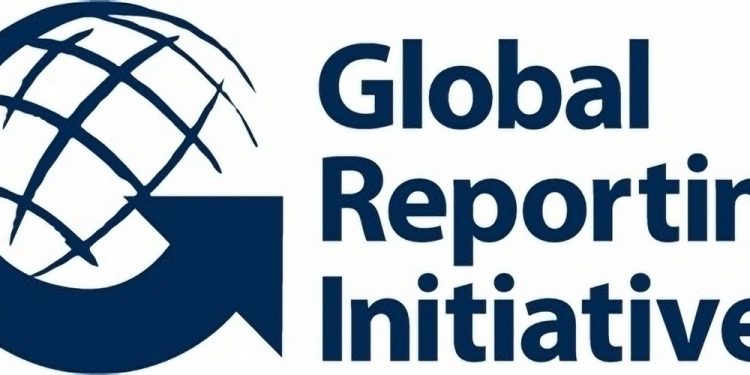Biodiversity Disclosure Standard
The Global Reporting Initiative (GRI) has released a new version of the biodiversity disclosure standard GRI 101: Biodiversity 2024, aiming to meet global biodiversity disclosure requirements.
The revised biodiversity disclosure standards are based on the foundations of many biodiversity frameworks around the world, such as the Global Biodiversity Framework (GBF) and the Task Force on Nature-related Financial Information Disclosure (TNFD). The new version of the standard will replace the GRI 304 Biodiversity Disclosure Standard released in 2016 and will officially take effect in January 2026.
Related Post: World Economic Forum Releases Biodiversity Credits Report
Disclosures Based on Biodiversity Management
GRI states that any company can use the new version of the biodiversity disclosure standards to disclose information if it believes that biodiversity has a material impact. The new version of the disclosure standard divides all disclosure contents into two parts, namely disclosure based on biodiversity management and disclosure based on biodiversity topic. The former refers to the company’s policies and management processes for biodiversity, while the latter refers to the company’s specific biodiversity information.
Disclosure based on biodiversity management is divided into three aspects, namely:
- Policies to prevent and reverse biodiversity loss (Disclosure 101-1): Companies should describe their policies to prevent and reverse biodiversity loss, report how these policies apply to operations, and list specific indicators. Companies also need to disclose the relationship between these policies and the 2030 goals, and 2050 goals set by GBF.
- Management of biodiversity impacts (Disclosure 101-2): Companies should disclose actions taken to manage biodiversity impacts, as well as locations with high biodiversity impacts and their management plans. Companies need to describe how they avoid negative impacts on biodiversity and how they reproduce trade-offs between biodiversity and climate change issues.
- Biodiversity access and benefit (Disclosure 101-3): Companies should disclose the process of accessing and benefiting from biodiversity, and whether biodiversity resources are used fairly and equitably. Companies are also required to report on practices, codes of conduct and standards related to joint research projects, training and knowledge sharing with stakeholders.

Disclosures Based on Biodiversity Topic
Disclosures based on biodiversity topic is divided into five aspects, namely:
- Identification of biodiversity impact (Disclosure 101-4): Companies need to disclose which products and services have substantial impacts on biodiversity, as well as the scale, scope, and characteristics of these impacts. Biodiversity impacts should be identified using primary data or, where primary data are not available, secondary data.
- Locations with biodiversity impact (Disclosure 101-5): Companies are required to disclose locations with the greatest impact on biodiversity, as well as specific information about these locations (location, area, distance from ecologically sensitive areas). Companies are also required to report on the products and services carried out in these locations, as well as the jurisdictions in which these products and services are provided.
- Drivers of biodiversity loss (Disclosure 101-6): Enterprises need to report changes in natural resources and pollutants that may be caused by operating activities in the above locations, and provide methods, standards, and assumptions for analyzing these changes.
- Changes in biodiversity status (Disclosure 101-7): Companies are required to report on the status of ecosystems under the influence of the above drivers, including ecosystem type, size, and changes from the baseline date. Businesses can use input-output models and life cycle impact assessments to assess biodiversity changes more accurately.
- Ecosystem services (Disclosure 101-8): Companies need to disclose the beneficiaries of biodiversity resources and how these beneficiaries are affected by the company’s operating activities. These benefits include tangible assets such as natural resources, as well as intangible assets such as biodiversity-related cultural services.
Reference:
Transparency Standard to Inform Global Response to Biodiversity Crisis








